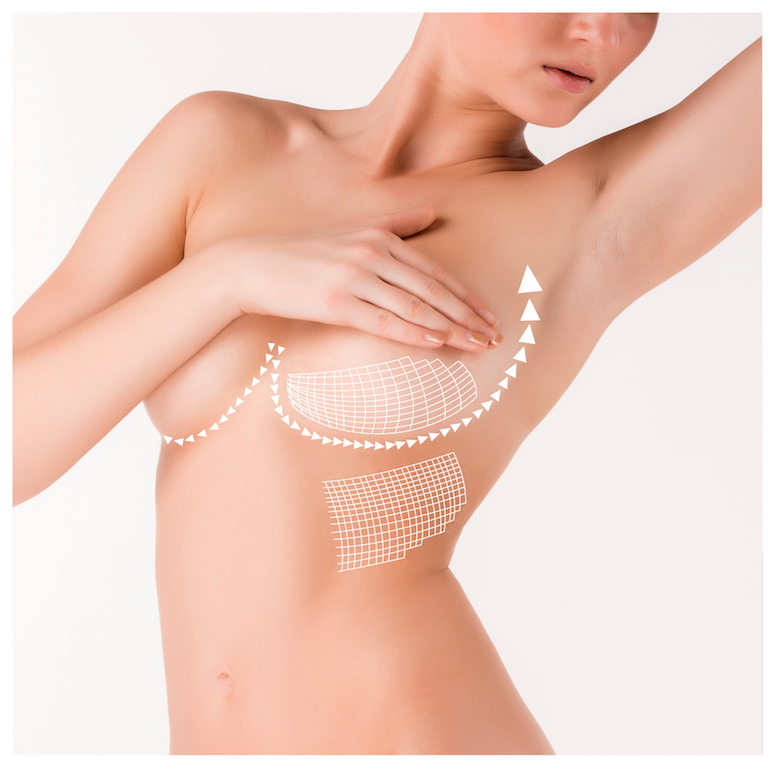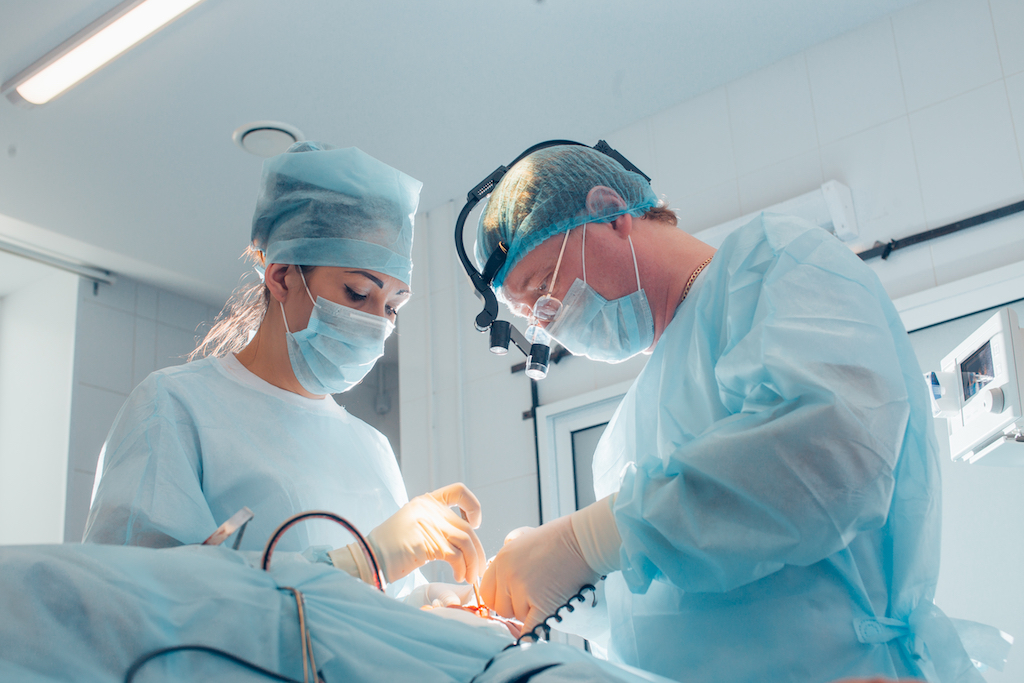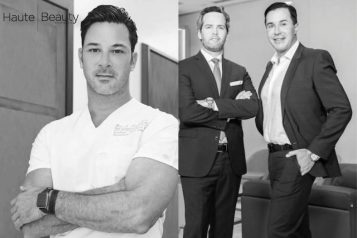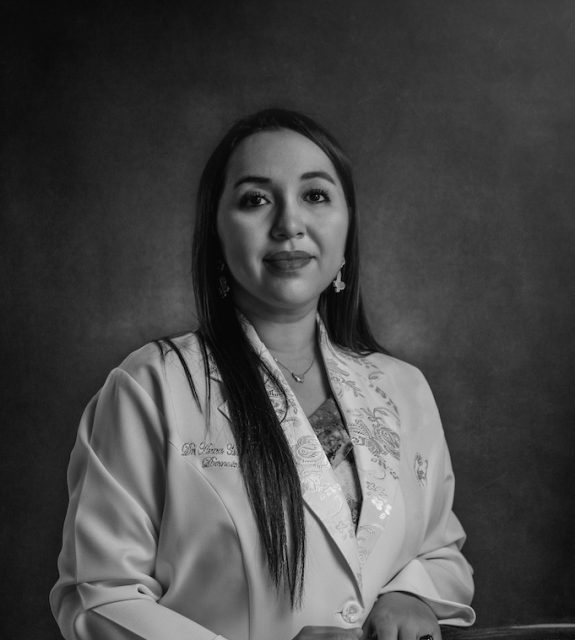
As the Founder and CEO of Newport Surgical Center, Dr. Milind Ambe is nationally renowned for having one of the top aesthetic surgery practices in Southern California. His practice has thrived at its Newport Beach location for 20 years and remains one of the busiest practices of any Board Certified Plastic Surgeon. Dr. Ambe and his multi-specialty surgical center have been featured in multiple television programs, magazines, newspapers and other national media coverage—a testament to his perfected skill, unparalleled experience, and excellent results. Haute Beauty Network chats with Dr. Ambe about the ins and outs of a Breast Lift or Mastopexy.
HB: What is a Mastopexy?
A Breast Lift, also known as Mastopexy is a surgical procedure performed by a plastic surgeon to reshape and lift the breasts.
HB: How does a Breast Lift work?
With a breast lift, the excess skin is removed and the surrounding tissue is reshaped to raise the breasts and nipples on the chest, making the breasts more youthful appearing.
HB: Who is the best candidate for a Breast Lift?
The best candidate for a breast lift is an otherwise healthy person who is bothered by the appearance or feeling that their breasts sag or have a more pendulous or elongated shape. Other good candidates are if the nipples and areola point downward or when the breasts are unsupported, the nipples fall well below the breast crease. A breast lift is also beneficial if one breast is significantly lower than the other breast to help correct asymmetry.

HB: How does this treatment compare to others of the same nature?
There is no substitute for a breast lift, if a lift is truly indicated. If someone tries to achieve a breast lift by simply putting in breast implants, the end result is usually just larger breasts that still sag.
HB: What does recovery look like?
Breast lift recovery is relatively simple. We recommend two weeks of no strenuous exercise or heavy lifting. A patient can typically drive after 48 to 72 hours and resume desk type work within a few days. After two weeks, low impact exercise can be resumed.
























